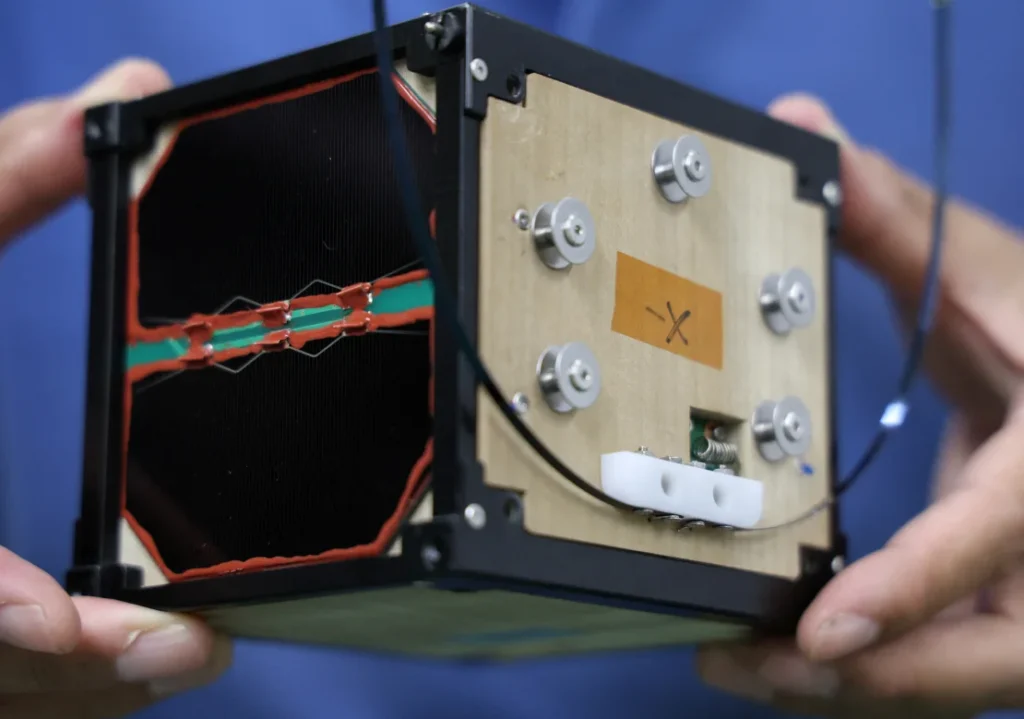Japan has made history by launching the world’s first wooden satellite, LignoSat. This innovative spacecraft, a collaboration between Kyoto University and Sumitomo Forestry, was launched on a SpaceX Falcon 9 rocket.

The primary goal of this project is to demonstrate the feasibility of using renewable materials in space. Unlike metal satellites, wooden satellites would disintegrate harmlessly upon re-entry into Earth’s atmosphere. Additionally, wood is surprisingly durable in space, offering potential benefits such as weight reduction and radiation shielding.
With a 50-year plan of planting trees and building timber houses on the moon and Mars, Doi’s team decided to develop a NASA-certified wooden satellite to prove wood is a space-grade material.

Kyoto University professor Koji Murata highlighted the historical precedent of wooden airplanes, suggesting that a wooden satellite is equally viable.
Former astronaut Takao Doi emphasized the potential of wood to enable long-term human habitation in space. He also raised concerns about the environmental impact of metal satellite, particularly the release of harmful particles like aluminum oxide while reentering the Earth’s atmosphere.
LignoSat, the wooden satellite, is constructed using traditional Japanese woodworking techniques, is designed to withstand the harsh conditions of space. It will orbit Earth for six months, allowing scientists to study its performance and gather valuable data on its radiation shielding properties.
Reference- CNN, Futurism, Interesting Engineering, The Verge, Vox






